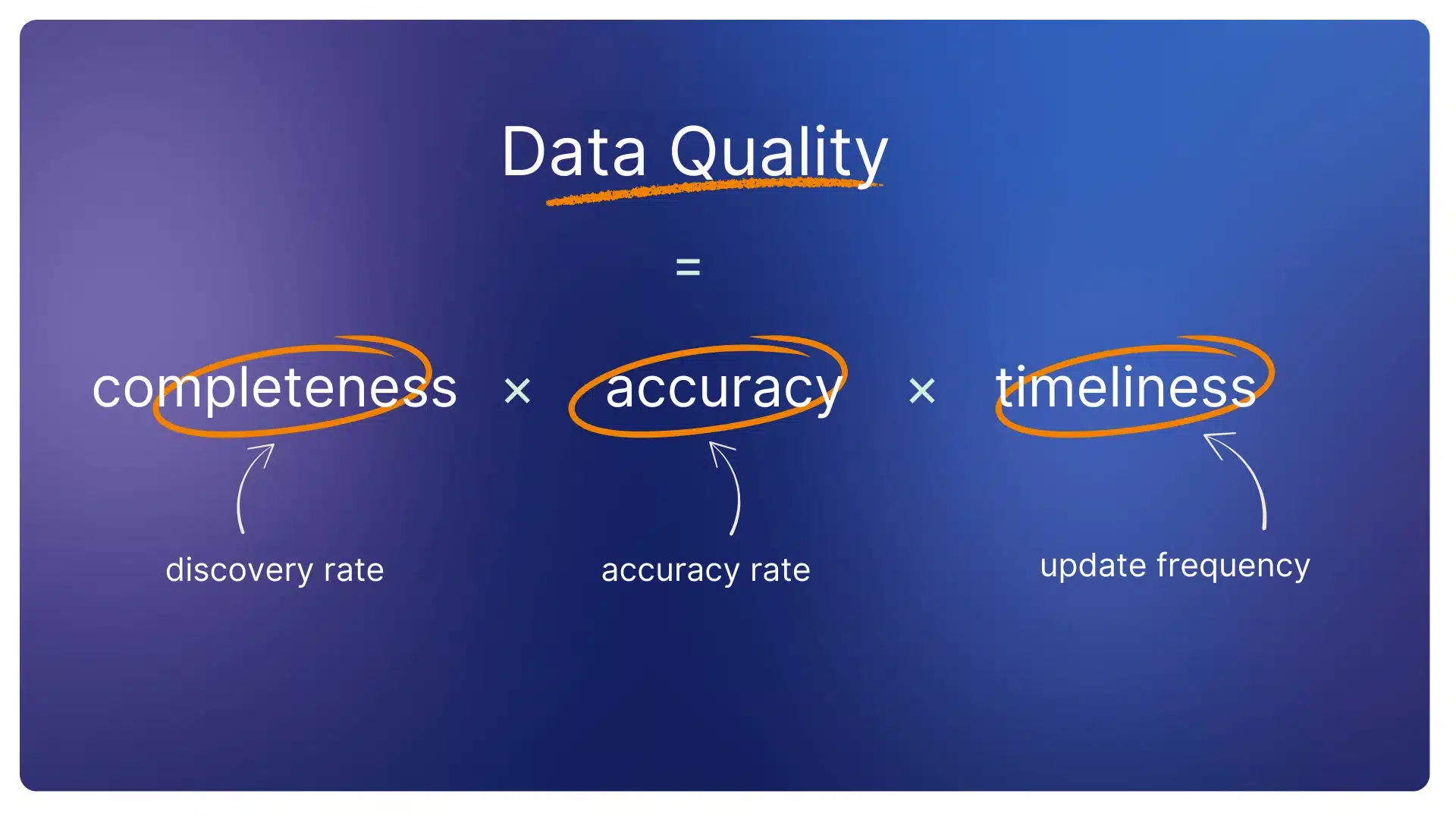Imagine you’re buying a watch. One is an unbranded model for $50, and the other is a Hublot priced at $5,000. Both show the time, but the value of these products to the user is completely different.
This is the essence of the value-based pricing strategy. The company evaluates its products not based on costs or competitive prices, but according to the unique benefits they provide. The customer understands these benefits and is willing to pay for them. These include exceptional quality, emotions, status, exclusivity, and more.
Value-based pricing allows a company to set premium prices and maintain high product margins, but it may not be appropriate for every brand.
In this article, we’ll explore the concept of value-based pricing, its pros and cons, and which companies can benefit from it.
Contents:
What is Value-Based Pricing?
Advantages of Value-Based Pricing
Disadvantages of Value-Based Pricing
Who Is Suited for Value-Based Pricing?
Tips for Implementing a Value-Oriented Pricing Strategy
What is Value-Based Pricing?
Value-based pricing is a strategy in which the price of a product is set based on its perceived value to the customer, rather than its cost or the market situation.
This approach is primarily focused on the buyer: the brand team must identify the needs, pain points, and expectations of its target audience and understand the product’s value — essentially, how much a person is willing to pay to fulfill that demand.
Key features of value-oriented pricing:
- The primary purchasing factor is value, not price. This protects the company from price pressure and dumping. Value can be tangible (quality, durability, performance) and intangible (brand reputation, ease of use, service, emotional attachment).
- Focus on the benefits. You don’t just purchase a functional product; you acquire the benefits it provides: saving time, offering quality relaxation, or fulfilling an emotional need for recognition and status.
- The focus is on unique advantages that are hard for competitors to replicate, thus creating a sustainable competitive advantage.
Advantages of Value-Based Pricing
The value-based pricing strategy shifts the approach to sales: instead of setting the lowest price, the company creates a unique offer that customers are willing to pay more for. Let’s examine the main advantages of this approach.
- Increasing margins
Thanks to innovation, exclusive design, high quality, and emotional appeal, the company can set prices that significantly exceed the market average. Customers who are willing to pay more for something that fulfills their unique needs enable the brand to increase margin. For instance, iPhones and Teslas are sold with high margins because they are perceived as innovative, status-symbol, unique, and technologically advanced products.
- Profitability optimization
By targeting the audience segments that generate the highest profit, companies can increase profitability and maximize revenue.
- Avoiding price competition
When customers perceive a product as extremely valuable, they’re unlikely to consider cheaper alternatives. Hublot fans won’t switch to more affordable options. In this case, the company focuses not on reducing prices to compete but on differentiation through value.
Disadvantages of Value-Based Pricing
Despite the significant advantages, value-based pricing also has its drawbacks. This strategy requires marketing analysis of consumer expectations and an understanding of how the product is perceived in terms of value. In real market conditions, this can be challenging.
The main challenges include:
- Difficulty in accurately understanding the value perception across different target audience segments. Each buyer evaluates the product through the lens of their own needs and expectations. For example, eco-conscious buyers may value electric cars highly, but this characteristic may not matter as much to others who can afford them.
- Dependence on qualitative research and analytics. Implementing a value-based pricing strategy requires thorough research to determine the perceived value of the product. This could involve focus groups, surveys, in-depth interviews, and user behavior analysis. Without collecting and analyzing significant data on user preferences, businesses risk mispricing the product. Moreover, the market is dynamic, so this analysis must be continuous, adding extra cost and operational burden.
- Risk of mispositioning the product. Mistakes in evaluation and analysis can be disastrous, as customers may be unwilling to pay the set price if it doesn’t align with their perception of value.
Who Is Suited for Value-Based Pricing?
Value-based pricing is certainly not a universal strategy for all companies. It works best for businesses that operate in the premium segment, have high customer loyalty, or offer products that carry significant emotional value for their customers.
Brands Offering Premium Products or Innovative Solutions
These brands offer products based on unique features that create high loyalty levels. Examples include manufacturers of luxury goods, eco-friendly products, or innovative software.
For example, Louis Vuitton is a premium brand symbolizing status and exclusivity. Customers are willing to pay for the association with the brand and its high quality. Patagonia, a clothing manufacturer, builds its value on sustainability and environmental initiatives. Customers are willing to pay a premium for products that align with their personal beliefs and values.
Companies Focused on Long Customer Lifecycles (CLV)
These businesses aim not just to attract customers but to build long-lasting relationships through the value of their products. The goal is not a one-time sale, but to nurture loyalty and trust.
Apple, for example, offers not just products like iPhones, but an entire ecosystem of services that encourage customers to remain within the brand and keep upgrading their devices.
Sectors Where Emotional and Functional Value Are Key
This approach is relevant for niches where customers seek both functionality and emotional engagement. For example, Lego offers not just safe, functional toys but also promotes family values, quality time, and the joy of collecting.
Petcube’s smart devices for pets also combine functionality with emotional value, as pet owners feel confident about their pets’ safety when owners leave pets at home alone.
Tips for Implementing a Value-Oriented Pricing Strategy
Value-based pricing requires in-depth market analysis, consumer research, and behavioral factors. Here are some tips to help you successfully implement this strategy.
1. Analyze and understand your target audience.
To do this, you should:
- Сonduct a customer survey to understand what exactly they value in your product or service;
- Organize focus groups and get more detailed feedback on the use of the product and the drivers of its purchase;
- Analyze competitors to identify the features of their positioning and value orientations.
2. Use analytics tools.
Accurate, up-to-date, and correct data is your key to success in pricing. Modern tools, such as Pricer24, help monitor retail trends, track market changes in the representation of similar products, and control the MAP violations to prevent deviations from the premium positioning.
3. Conduct A/B testing for different price levels.
Before implementing a strategy, check the elasticity of demand — how different prices affect brand perception and sales levels. This is also relevant for tracking the perception of bundles (whether customers are willing to pay more for package offers).
4. Evaluate the results.
Regularly analyze the impact of price on key performance indicators: sales volume, average check, loyalty level, etc. Compare positioning costs and profitability levels to maintain competitiveness.
Conclusion
Sometimes, value matters more than price. If your niche, business model, and product allow you to create such value, use this for positioning and pricing. Invest resources in market and audience analysis, test new hypotheses, and evaluate the results. You can start with a small pilot project to assess the potential of this strategy and refine your pricing approach as needed.









